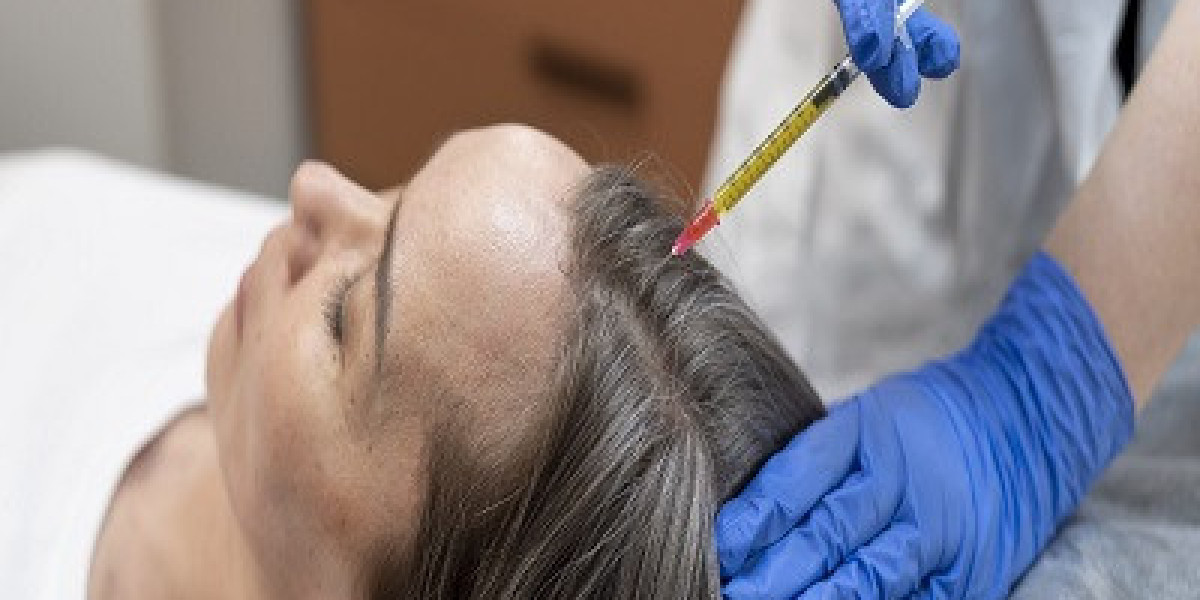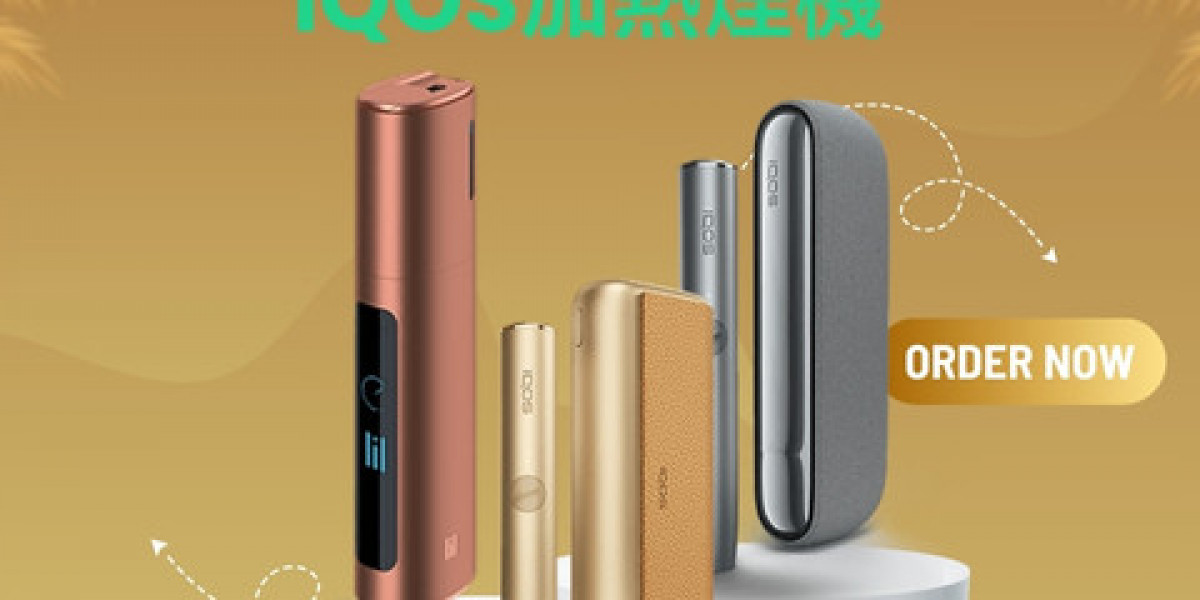Platelet-Rich Plasma (PRP) therapy has emerged as one of the most promising regenerative treatments in modern aesthetic and medical practices. Derived from the patient’s own blood, PRP is a concentrated serum rich in platelets and growth factors that support healing and tissue regeneration. As awareness grows, many individuals are seeking the Best PRP in Islamabad for both cosmetic enhancements and therapeutic purposes.
Understanding PRP Therapy
PRP therapy involves collecting a small amount of a patient’s blood, processing it through centrifugation to isolate the platelet-rich component, and injecting it into targeted areas. The high concentration of platelets releases growth factors such as PDGF, TGF, and EGF, which aid cellular repair, collagen production, and angiogenesis.
Unlike synthetic treatments or drugs, PRP is entirely autologous, meaning it’s derived from the individual’s own body, which greatly reduces the risk of allergic reactions or complications.
Hair Loss and Scalp Conditions
One of the most popular applications of PRP is in the treatment of hair thinning and baldness. It is especially effective for individuals experiencing:
Androgenetic Alopecia (Male and Female Pattern Baldness): PRP stimulates dormant hair follicles and increases blood supply to the scalp, encouraging hair regrowth.
Telogen Effluvium: A condition marked by temporary hair shedding, often caused by stress or hormonal imbalances.
Alopecia Areata: An autoimmune disorder that leads to patchy hair loss, where PRP may help by reducing inflammation and reviving hair follicles.
The success of PRP in hair restoration depends on early intervention and consistency. When administered by qualified professionals, results typically include thicker hair density and reduced hair fall.
Skin Rejuvenation and Aesthetic Enhancement
PRP therapy is widely used in dermatology and aesthetics for natural, non-surgical facial rejuvenation. The treatment is often called the "vampire facial" when combined with microneedling. It effectively addresses:
Fine lines and wrinkles
Uneven skin tone
Sun damage
Acne scars
Skin laxity
Dark under-eye circles
PRP encourages collagen production, tightens the skin, and restores elasticity, making it an ideal solution for those seeking a youthful appearance without resorting to invasive procedures. Treatments are usually spaced four to six weeks apart, with noticeable improvements within a few sessions.
Joint and Musculoskeletal Pain
Orthopedic applications of PRP therapy have gained significant attention, especially for patients seeking alternatives to steroid injections or surgical intervention. PRP is used in the management of:
Osteoarthritis (particularly in the knees)
Tendonitis and tendinosis
Tennis elbow and golfer’s elbow
Rotator cuff injuries
Plantar fasciitis
Ligament sprains and muscle strains
By delivering growth factors directly to damaged tissues, PRP accelerates repair, reduces inflammation, and improves joint function. Many patients report decreased pain and increased mobility following PRP injections, often avoiding more aggressive treatments like surgery.
Sports Injuries
Athletes frequently benefit from PRP therapy to speed up recovery and reduce downtime following injury. Commonly treated sports-related injuries include:
Torn ligaments
Meniscus injuries
Chronic tendon injuries
Muscle tears
Since PRP promotes faster tissue regeneration and minimizes scar tissue formation, it helps athletes return to performance levels more quickly and with a lower risk of re-injury.
Post-Surgical Healing
Some surgeons utilize PRP during or after surgical procedures to enhance tissue healing and reduce recovery time. This includes:
Orthopedic surgeries (e.g., ACL repair, joint replacement)
Dental surgeries and bone grafts
Plastic and reconstructive surgeries
The introduction of PRP at surgical sites improves wound healing, minimizes scarring, and decreases inflammation, contributing to better long-term results.
Sexual Health and Wellness
In the field of intimate wellness, PRP is gaining traction as a therapy for enhancing sexual function in both men and women. PRP treatments, such as the "O-shot" and "P-shot," are used to address:
Erectile dysfunction
Penile sensitivity
Vaginal dryness
Urinary incontinence
Decreased libido
By regenerating blood vessels and nerve endings in the treated area, PRP helps restore function and sensitivity without the need for pharmaceutical drugs.
Chronic Wounds and Ulcers
PRP is also used in wound care, particularly for patients with slow-healing or non-healing wounds, such as:
Diabetic ulcers
Venous ulcers
Pressure sores
Post-traumatic wounds
In these cases, PRP accelerates healing by enhancing blood flow, reducing inflammation, and supporting the formation of new tissue. It is often applied in combination with other advanced wound care therapies to achieve optimal results.
Dental and Maxillofacial Applications
PRP has made its way into dental and oral surgeries, especially in procedures requiring bone regeneration or gum healing. Applications include:
Tooth extraction recovery
Implant surgery
Bone grafting
Sinus lift procedures
By applying PRP directly to the surgical site, oral surgeons can improve healing outcomes and reduce post-operative complications such as swelling or infection.
Dermatological Conditions
In addition to cosmetic skin improvement, PRP therapy is being researched and used for treating certain dermatological conditions, including:
Psoriasis: Reducing inflammation and supporting skin regeneration
Lichen sclerosus: Especially in sensitive areas, offering symptomatic relief
Atopic dermatitis: As a potential supportive treatment due to its anti-inflammatory action
Though these are still emerging uses, initial results are promising, particularly when PRP is administered by experienced dermatologists.
Factors Influencing PRP Effectiveness
The efficacy of PRP therapy depends on several key factors:
Patient's overall health and age
Severity and duration of the condition
Concentration and preparation of PRP
Area being treated
Experience of the practitioner
Multiple sessions may be required for optimal outcomes, and maintenance treatments can prolong the benefits, particularly in aesthetic or hair restoration cases.
Conclusion
PRP therapy is a scientifically validated, minimally invasive treatment capable of addressing a wide array of conditions. From reversing hair loss and rejuvenating aging skin to treating orthopedic injuries and enhancing wound healing, PRP’s broad applications make it a valuable option in both cosmetic and therapeutic settings. Its ability to harness the body’s own healing mechanisms ensures natural results with minimal risk and downtime.
Patients seeking the Best PRP in Islamabad can benefit from personalized treatment plans offered by skilled professionals. The SKN Cosmetics clinic provides advanced PRP solutions designed to meet international standards of care, ensuring effective, safe, and results-driven therapy across all applications.



